Tips and tricks for better communication and more visibility
After you organised your campaign, it is time to implement your plans, focussing on the external communication and how to get visibility.
On social media, it is important to have catchy and quality content, and to interact with others.
Use quality pictures that tell a story ?
We are now all used to great quality pictures, and that is what is going to get our (and our audience’s) attention. Pixelated or blurry images are less attractive. Pictures with faces of people or people in action, more than static and posing pictures, catch the attention of viewers. If you are using a design, don’t cram it with information or design elements, give it space to breathe.
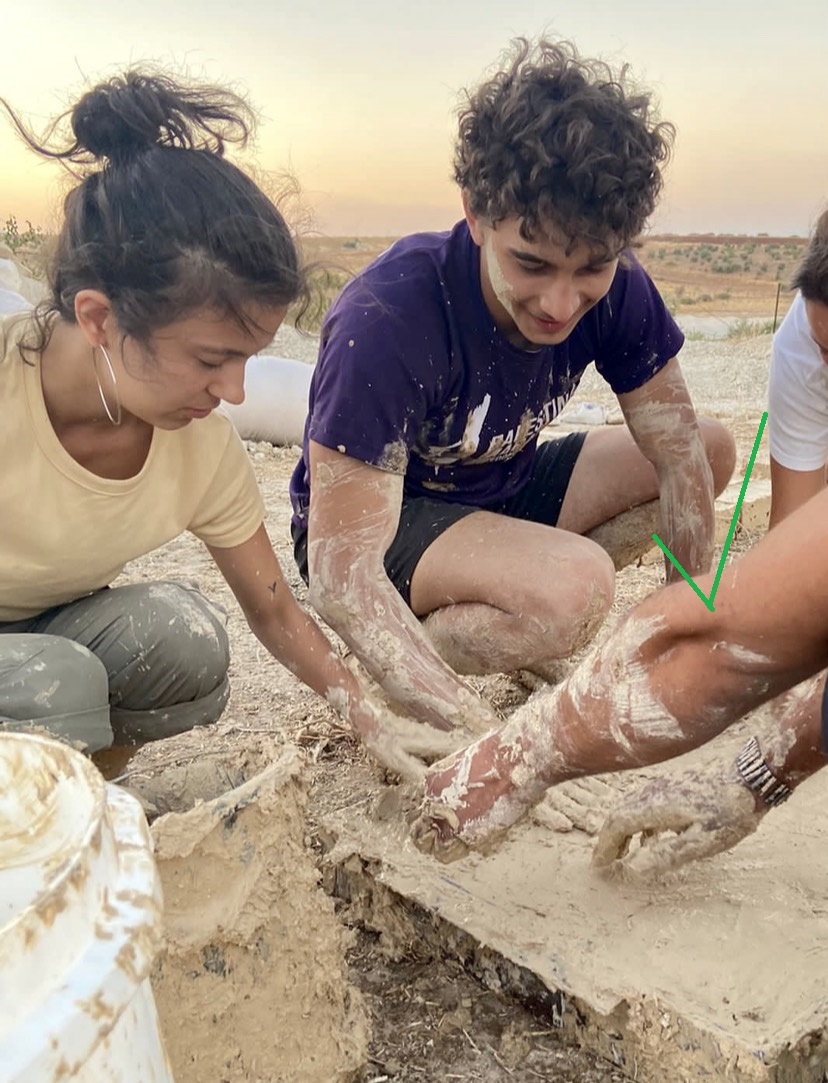
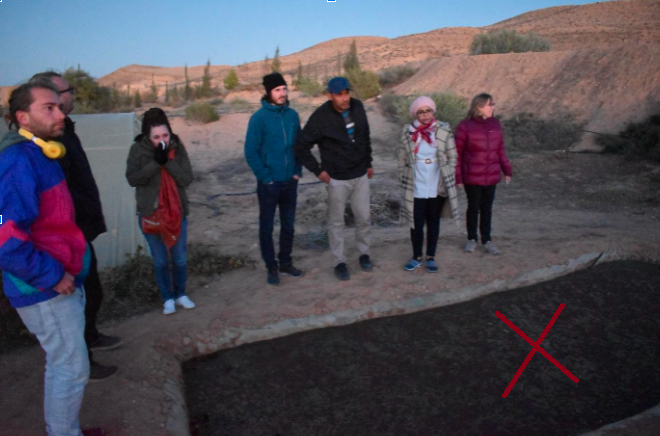
Use hashtags #
Hashtags can do two things for you:
- Group your content under a specific label: in this case, you can create your own hashtag!
- Make your content visible in connection with a specific label: here, use an established hashtag that people are already familiar with. For example #ClimateJustice #InternationalDayofPeace #StandUp4HumanRights
In either case, it is important to study your hashtag before, to check:
- What kind of content is already associated with the hashtag and if it is in line with your purpose
- How widespread it is, so you can maximise your impact
- If the words you use don’t form an equivocal expression when you put them together (Example: When Britain’s Got Talent star Susan Boyle decided to do a launch party for the promotion of her new album, she started the hashtag #susanalbumparty)

KISS: Keep It Short and Simple
Text on social media needs to be short and to the point, with a clear message and/or call to action. If you need to have a long text, try breaking it down with emojis.

Tag your network @
Make sure that you tag whoever collaborated with you on the campaign or post that you are sharing – other organisations, donors, individuals if they agree. This way, you ensure that they have the chance to share your content, and you give them visibility too. So remember to ask your collaborators for their social media handles.

Use stories frequently
Stories are a great tool to be more spontaneous and creative in your communication, for example you can share events that are happening in the moment, with short videos. Make sure you tag your network so they can re-share. It is also a great place to share clickable links on instagram.

Use the right logos ☮️
Adding logos to your promotion material is very important, especially when collaborating with others or developing a project with a donor. Adding logos is sometimes required by donors, so make sure that you read their guidelines on visibility. For collaborators, it is a sign of acknowledgment of the collaboration. When there are no specific guidelines, use your discretion for when to add logos and how – for example, on instagram a picture without any other elements might be more attractive, so you can skip the logos or add them in a second slide.
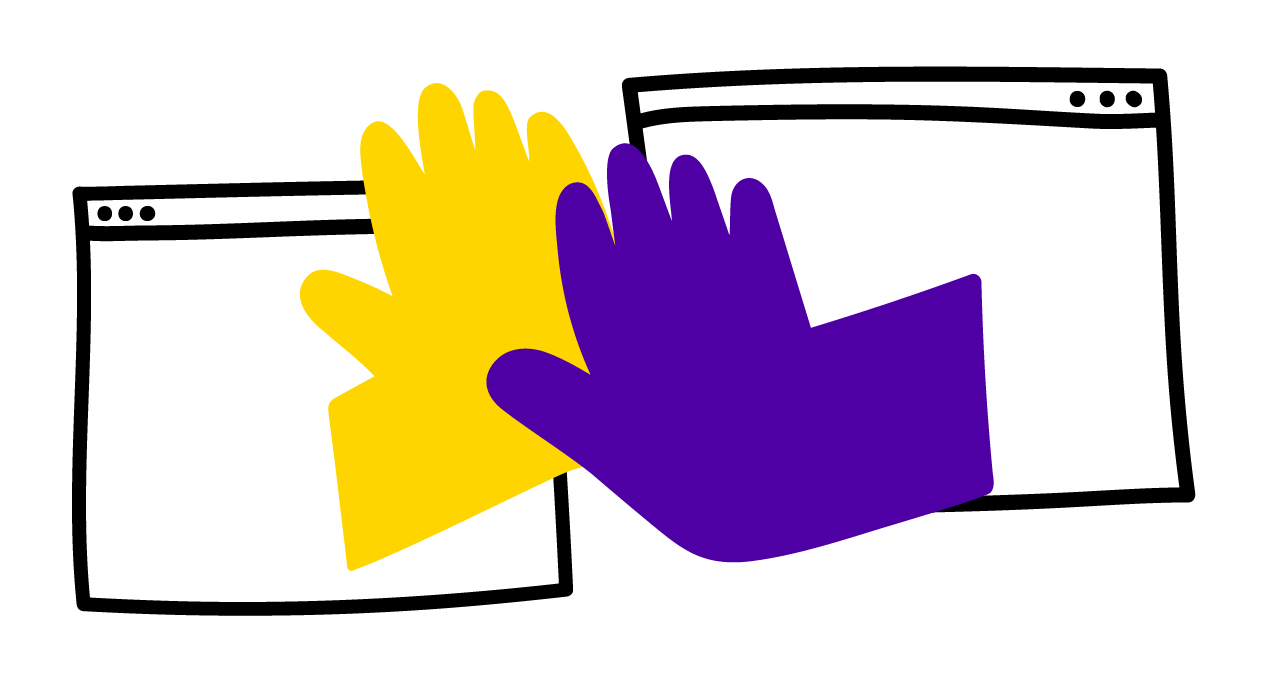
Engage your audience
Engagement drives your views on social media. You need to cultivate it and encourage it. For example, it’s important that you answer important messages that are sent to your inbox, questions in the comments, or that you include in your post, stories and reels elements that the public can relate to and interact with: a question to answer in the comments, a quiz, a survey, … These interactions also make you look more professional, reliable and approachable.

Consider accessibility
Make sure your content is accessible:
- Add captions to your videos
- Check that the designs have an accessible colour scheme and don’t rely on colour alone to convey meaning
- Write an alternative text of your design in the post description, when relevant
Find out more about accessible design principles.
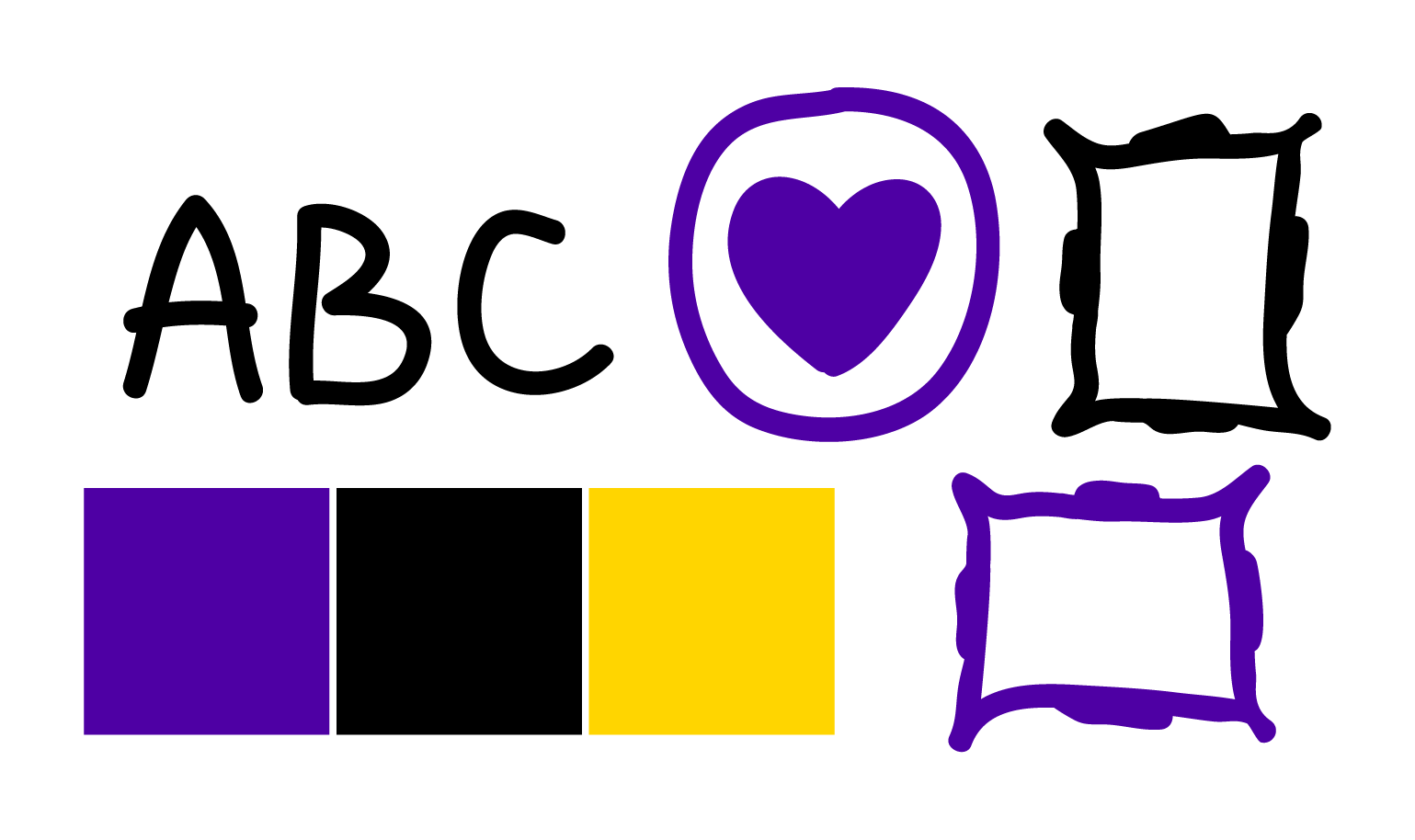
Visual identity and tone
Build your visual identity and keep it consistent, so people can identify your content and link it to your organisation and its values.
Decide a tone for each platform (e.g. friendly, sarcastic, formal, sensationalist, educational, …) and use it consistently. Remember though, usually, to prompt people to act, it is much more effective to be positive and focus on results rather than being negative and focus on the problem.

Monitor your insights and plan ahead
You should monitor your social media insights to determine what works and what doesn’t work in terms of content, style, timing, frequency of posting, … and how your audience interacts with your content.
You can also prepare your posts in advance and schedule them at the right dates and times.
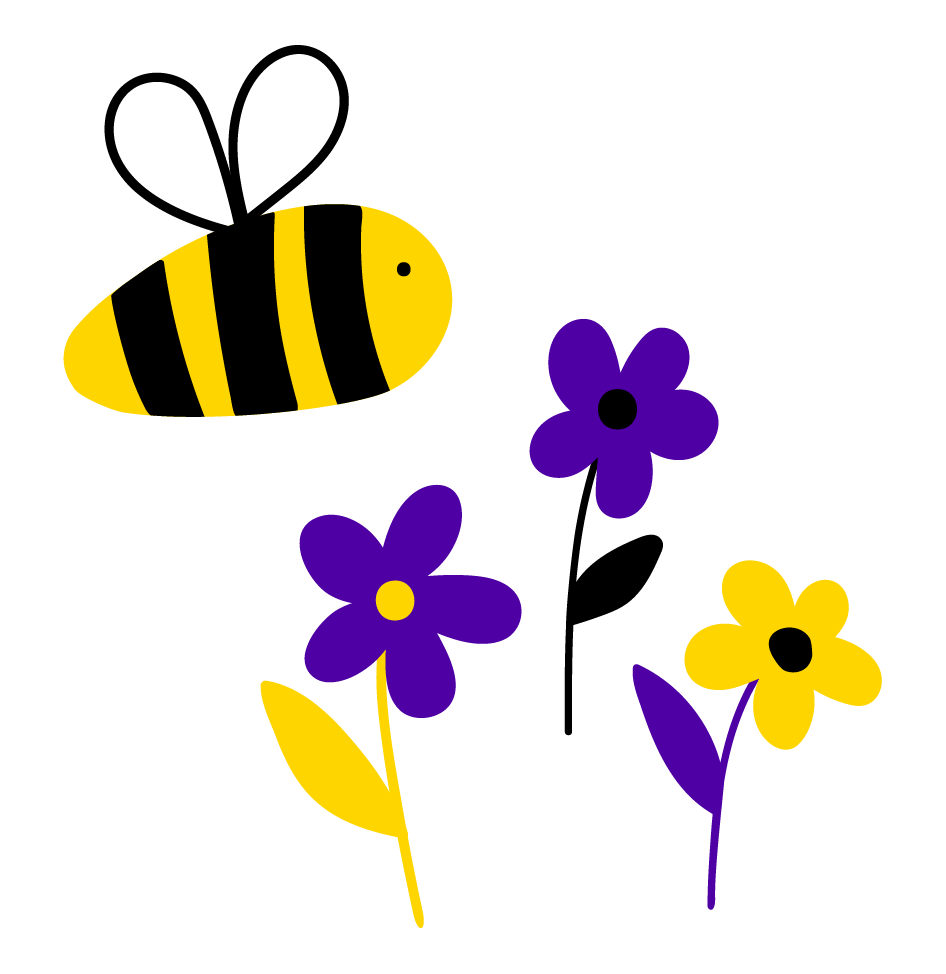
Spread beyond your followers
Sometimes, when just posting on your social media pages without paid ads, you only reach your own followers. How to reach more people without paid ads? Try posting on specific facebook groups whose interest aligns with the content of your post, or sending your content to relevant instagram pages that could publish your content on their page.

